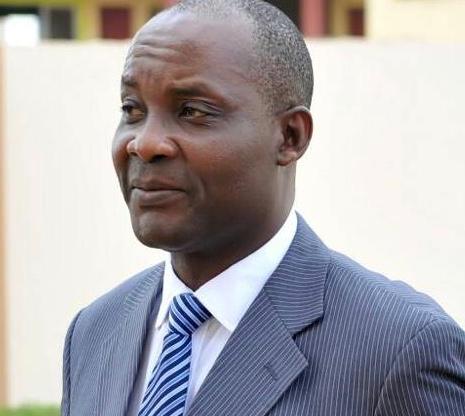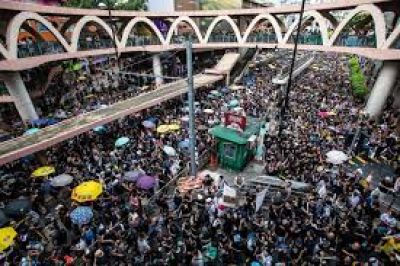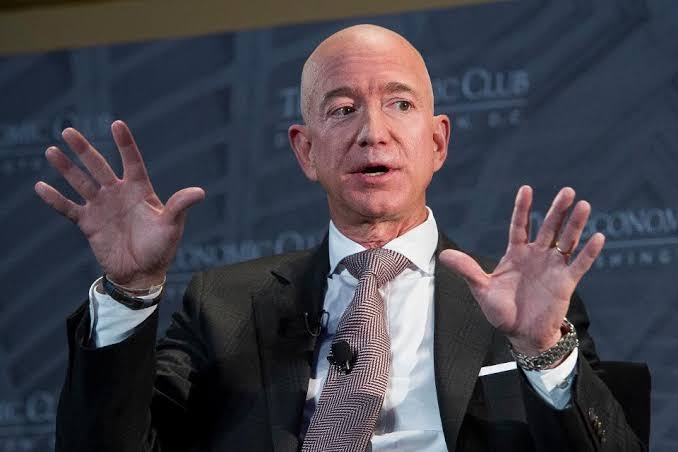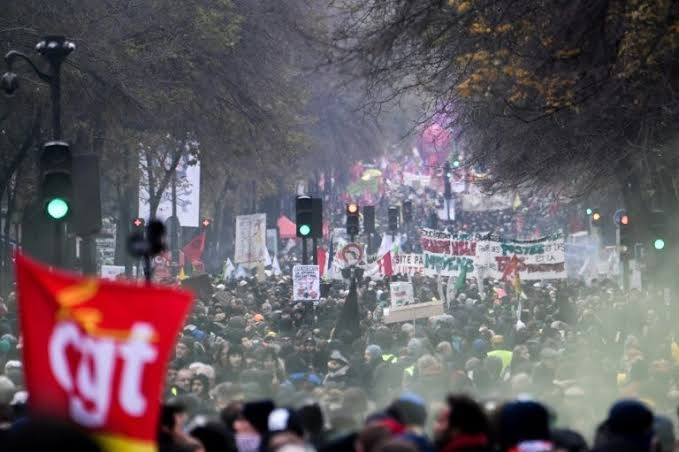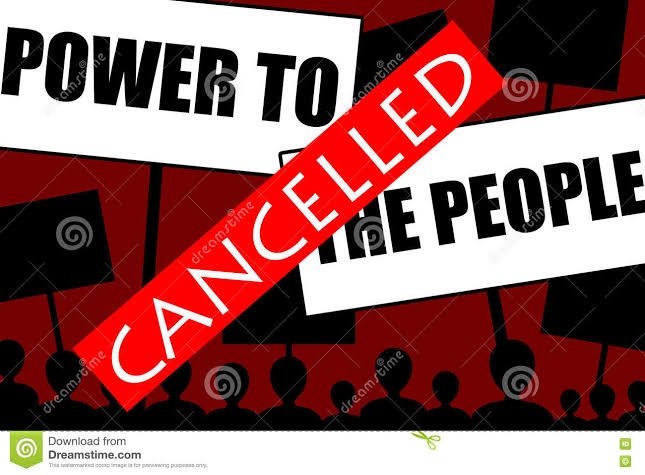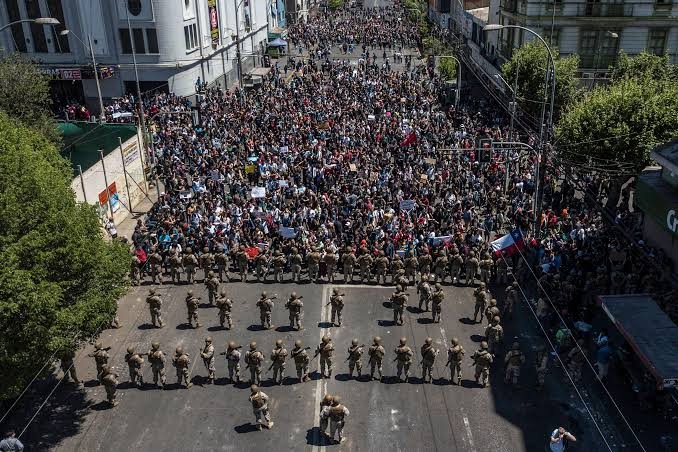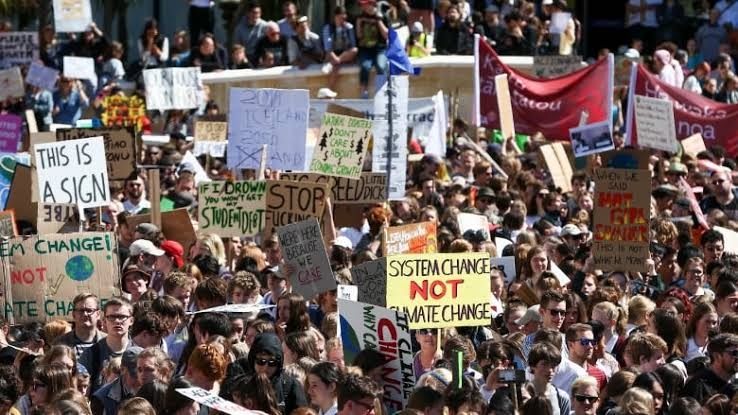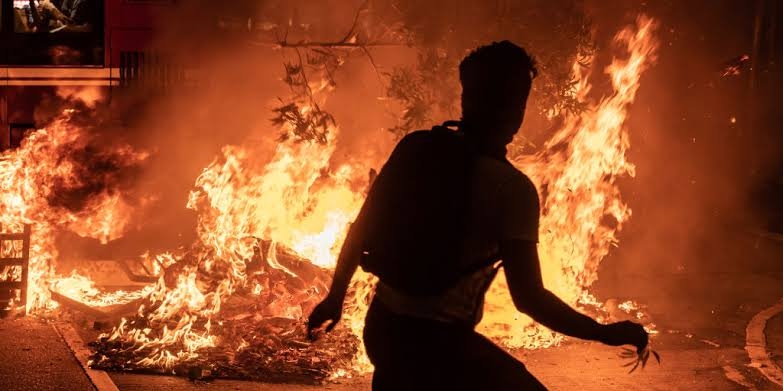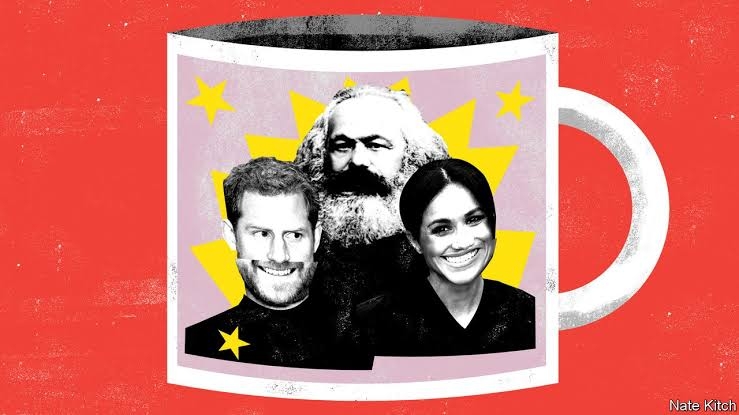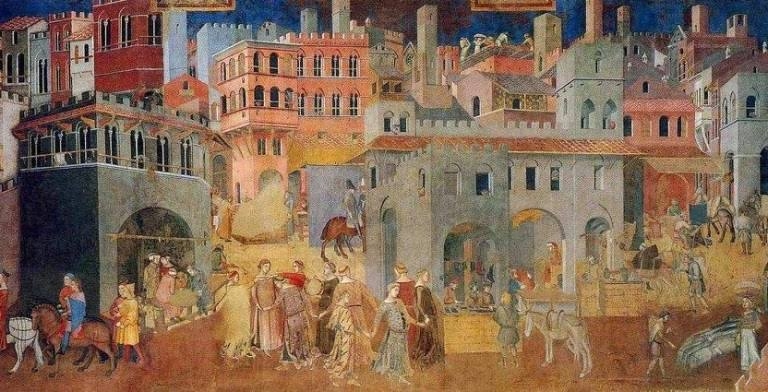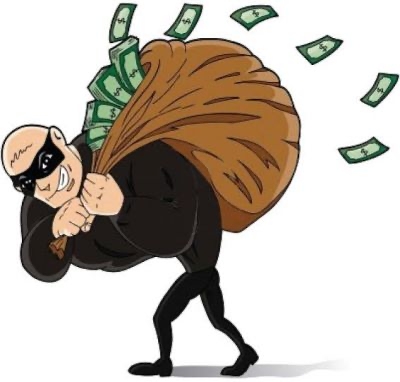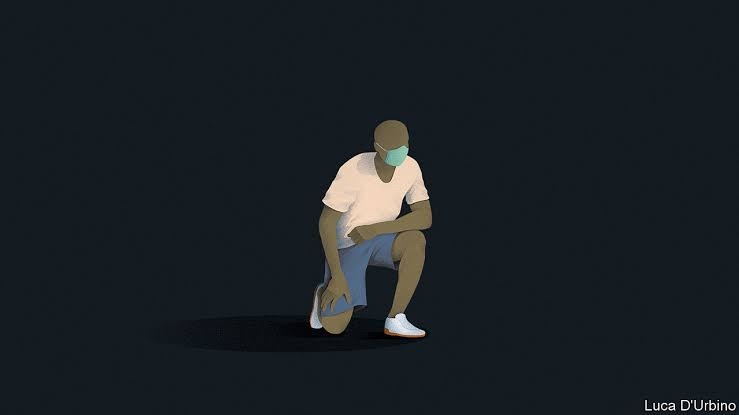Communist Party of China would like the mainland Chinese population and the rest of the world to believe that the ongoing, sometimes violent protests in Hong Kong pose a threat of "terrorism." But the truth is that China has only itself to blame for pushing the city's idealistic youth into the streets once again.
Whether it happens now or in 28 years, when the “one country, two systems” framework is set to expire, millions of people in Hong Kong want to stave off the inevitable: the city’s forced integration into mainland China. And yet there are deep divisions within Hong Kong about how to prevent that outcome. On one side are those, like Hong Kong’s Beijing-backed leader, Carrie Lam, who would prefer to reach some kind of settlement with the Chinese government; on the other are those who have taken to the streets this summer. Each side believes it has grounds to tar the other as traitors.
For her part, Lam is a known quantity: the model imperial governor who wants to do right by the people, but who ultimately must do as she is told by those who appointed her. The young protesters, however, represent something unique. Earlier this month, I was among them during two of the most intense episodes thus far – on August 11, when the police wounded a young woman in the eye, and more recently, when masked protesters occupied Hong Kong’s airport for two days in the face of police brutality.
At first blush, the demonstrators seem to be in a situation similar to that of Ukraine’s Maidan protesters five years ago. Both episodes involve a “province in revolt” and a larger neighbor with the power to overwhelm the demonstrations by force. And in both cases, the government of the larger power hired the local lumpenproletariatand various criminal elements to attack the protesters.
But in more important ways, the Hong Kong protests are nothing like the Euromaidan. Ukraine’s protesters had recognized leaders, an organizational structure, and a clear agenda, which is why they were able to negotiate with the authorities when the time came. The Hong Kong protests, by contrast, are largely leaderless, and have coalesced around an innovative form of civil disobedience bordering on hybrid warfare. Oscillating between non-violence and violence, the protests have taken on a liquid form, and still do not even have a name.
The protesters are known simply as the people in black. Because they wear masks, they are faceless. And because they themselves do not know what they will do next, they are completely unpredictable. They can materialize in multiple places at once, rapidly assembling and then dispersing. The police cannot catch them, let alone count them or detain any identifiable leaders. The authorities can neither negotiate with them nor attempt to divide them, because they are already divided. They are anonymous even to one another. They communicate through the encrypted messaging app Telegram, and make decisions spontaneously on a majoritarian basis.
Still, the Hong Kong protesters have plenty in common. They are mostly twenty-somethings who speak Cantonese and grew up in the free world (precisely because undercover policemen do not speak Cantonese, they have been easily unmasked). And they adopted their hybrid-war tactics not as a first choice, but because the peaceful, centrally led “Umbrella Movement” in the city in 2014 yielded no results. Its leaders were arrested, and the movement quickly dissipated.
This time, without leaders to target, the authorities retreated as soon as they saw the rocks in protesters’ hands. But although Lam has suspended the controversial bill that triggered the demonstrations – which would have allowed criminal suspects in Hong Kong to be extradited to mainland China – she has not withdrawn it. Nor can the Chinese government afford to be perceived as having given in, as that would merely invite more “terrorism” from other potentially insubordinate provinces.
Instead, the Chinese propaganda machine, after mostly ignoring the Hong Kong protests, has begun to depict them as a threat, in order to rile up the Chinese people. And on August 17, pro-China activists held a demonstration in Hong Kong that they claim drew nearly 500,000 people(according to the police, the turnout was closer to 100,000). These propaganda efforts have been so outrageous that Facebook and Twitter have closed down some 1,000 mainland Chinese accountsthat were generating false reports.
These efforts to foment Chinese nationalism are clearly intended to prepare the ground for an intervention and the use of force. Chinese media have circulatedvideos of Chinese paramilitary forces mobilizing in Shenzhen, just across the border from Hong Kong. “The chances of [Chinese President] Xi [Jinping] deciding to send in the People’s Liberation Army to quell the unrest are rising by the day,” writesJamil Anderlini of the Financial Times, “and I suspect are already higher than 50%.”
But even if the Hong Kong protests were to subside, they would soon pick up again. As one protester toldthe Hong Kong Free Press, “We will continue to cause disturbances and start non-cooperation movements until the government responds.” No one in Hong Kong can even imagine their semi-autonomous region becoming just like any other Chinese city, prosperous but subject to censorship. For the city’s young people in particular, the idea that anyone who wants to get ahead professionally must join the Communist Party of China is absurd.
But the CPC cannot simply give in. Hong Kong may serve China’s business interests and attract foreign investors, but as long as the city is free, it will be an unacceptable temptation to mainlanders. Hence, the Chinese government has tried to smear the protesters as “terrorists.” Yet anyone who has observed the demonstrations firsthand knows that this is cheap propaganda. The overwhelming majority are young idealists who would rather be doing something else, but have been forced into the streets by the Chinese government’s increasing authoritarianism.
In 2014, Hong Kong’s youth demonstrated peacefully and were ignored. Now, they sometimes reach for stones. If the Chinese government continues to give them no other choice, its false claims about them might just become a self-fulfilling prophecy. That is what happened with the Irish Republican Army in Northern Ireland and the Basque separatist group ETA in Spain. If something similar happens in Hong Kong, the CPC will have only itself to blame.
Project Syndicate

